Science news this week: Revived permafrost microbes spew CO2, scientists image object 'moving' at 99.9% the speed of light, and James Webb telescope spots something exciting blasting from black hole M87*
Oct. 18, 2025: Our weekly roundup of the latest science in the news, as well as a few fascinating articles to keep you entertained over the weekend.
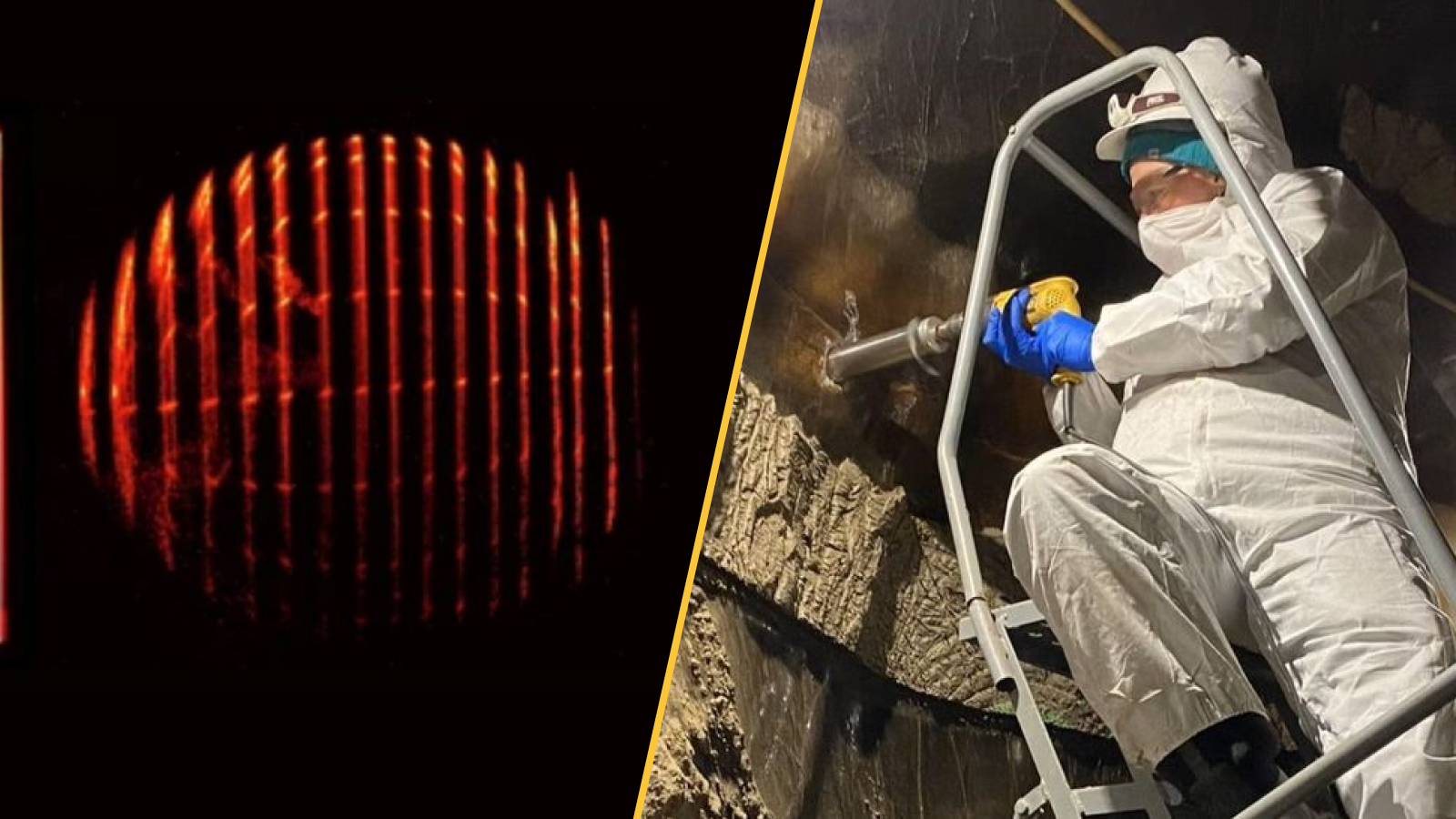
This week's science news was led by a spate of climate stories that were as worrying as they were fascinating. Topping the bill are microbes that were woken up after lying frozen in the Alaskan permafrost for up to 40,000 years, only for them to begin churning out carbon dioxide.
The ability of these microbes, some of which have been dormant since the last ice age, to return to their regular functioning within months is fascinating. But it's also a frightening portent of a potential climate doom loop, whereby global warming causes the permafrost to thaw, unleashing the bugs to then accelerate the heating of the planet further.
We're careening to dangerous levels of warming even without the greenhouse gas-spewing microbeasts, however. A new report published this week revealed that the CO2 entering Earth's atmosphere increased by a record amount in 2024, which was attributed not just to a record rise in humanity's burning of fossil fuels but also to a surge in wildfires and less absorption from Earth's carbon sinks.
Unprecedented warming has the potential to trigger other climate feedback loops, too. We also reported on methane leaks multiplying beneath the Antarctic ocean, with this greenhouse gas being far more potent than CO2 in the short term. These emissions have the potential to spark devastating weather events, droughts and even a drastic overcorrection by planetary biomes that could hasten the next ice age.
Scientists simulate relativity 'breaking' illusion
Physicists capture rare illusion of an object moving at 99.9% the speed of light
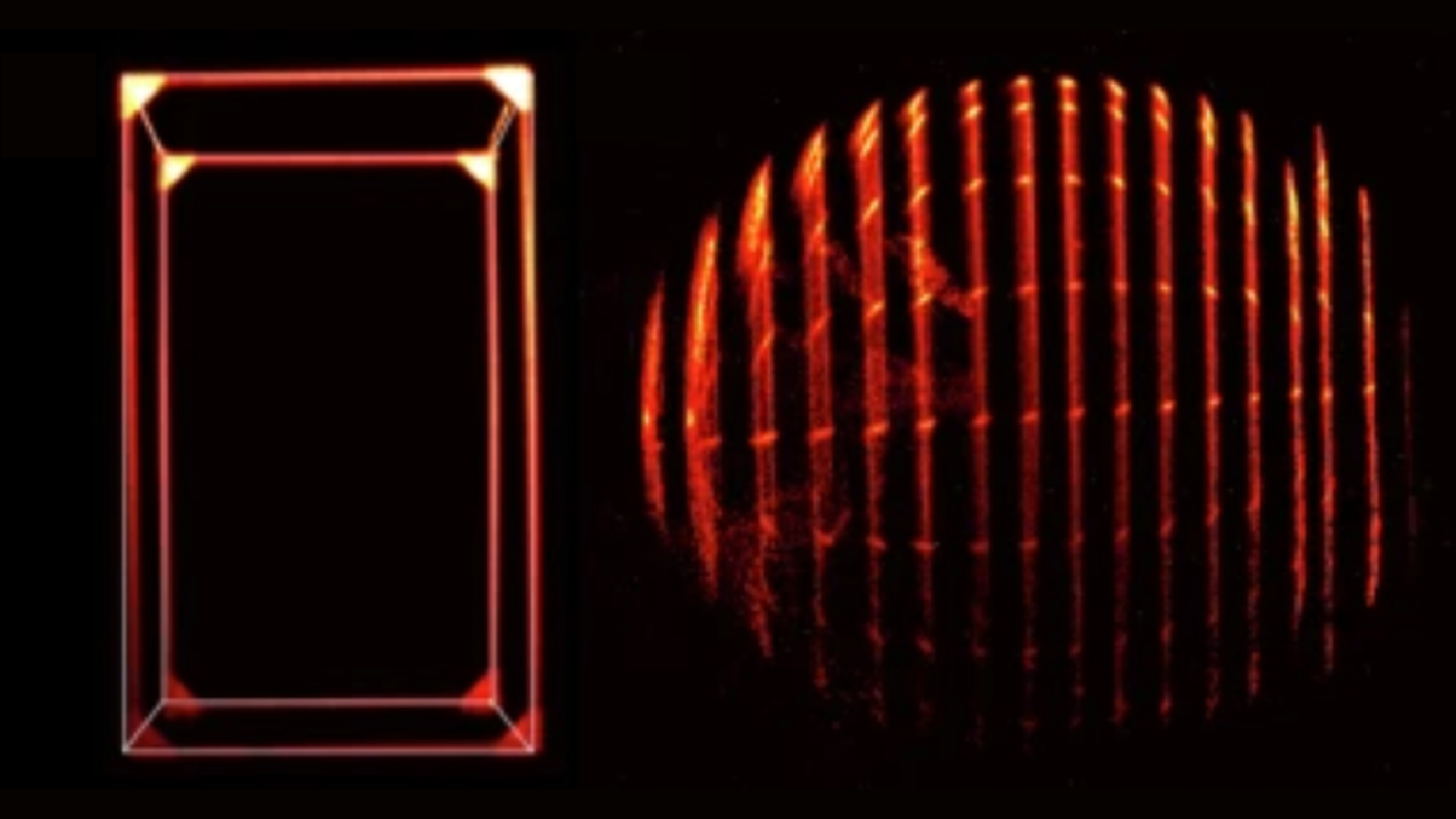
Ever wonder what an object moving at close to the speed of light would look like? This week, we reported on a groundbreaking study that finally showed us. By deploying lasers and some ingenious gated camera trickery, scientists simulated an optical illusion that appears to flout Einstein's theory of special relativity.
It's called the Terrell-Penrose effect, and it comes from the observation that a camera capturing an object moving at the speed of light wouldn't see it squashed along its direction of motion — as Einstein's theory states. Instead, the camera would view the speeding object as partially rotated due to light's varying travel times to different parts of the object.
It's important to note that the sphere in the experiment wasn't actually accelerated to the speed of light, but was simulated to do so by clever camerawork. Nonetheless, the bizarre effect was captured beautifully.
Get the world’s most fascinating discoveries delivered straight to your inbox.
Discover more physics and math news
—Einstein's relativity could rewrite a major rule about what types of planets are habitable
—Stalagmites adhere to a single mathematical rule, scientists discover
Life's Little Mysteries
Which planets are the youngest and oldest in our solar system?
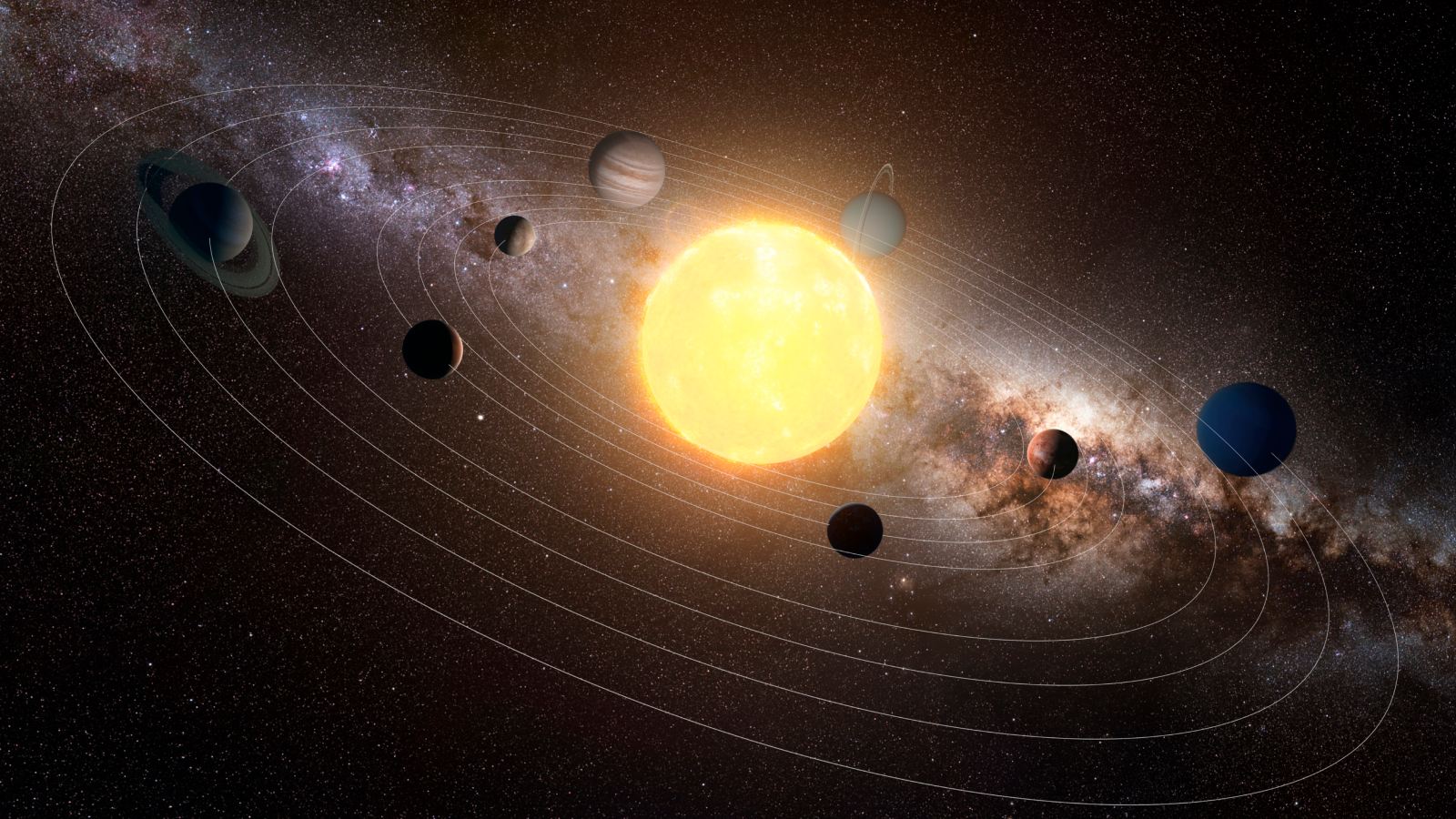
Our solar system formed when a giant celestial cloud collapsed, which birthed our sun and the planets in turn. But which planets came first? Turns out the answer is messy, and depends on the method scientists use to guess the age of planets.
—If you enjoyed this, sign up for our Life's Little Mysteries newsletter
JWST spots something weird coming out of M87*
James Webb telescope finds something 'very exciting' shooting out of first black hole ever imaged
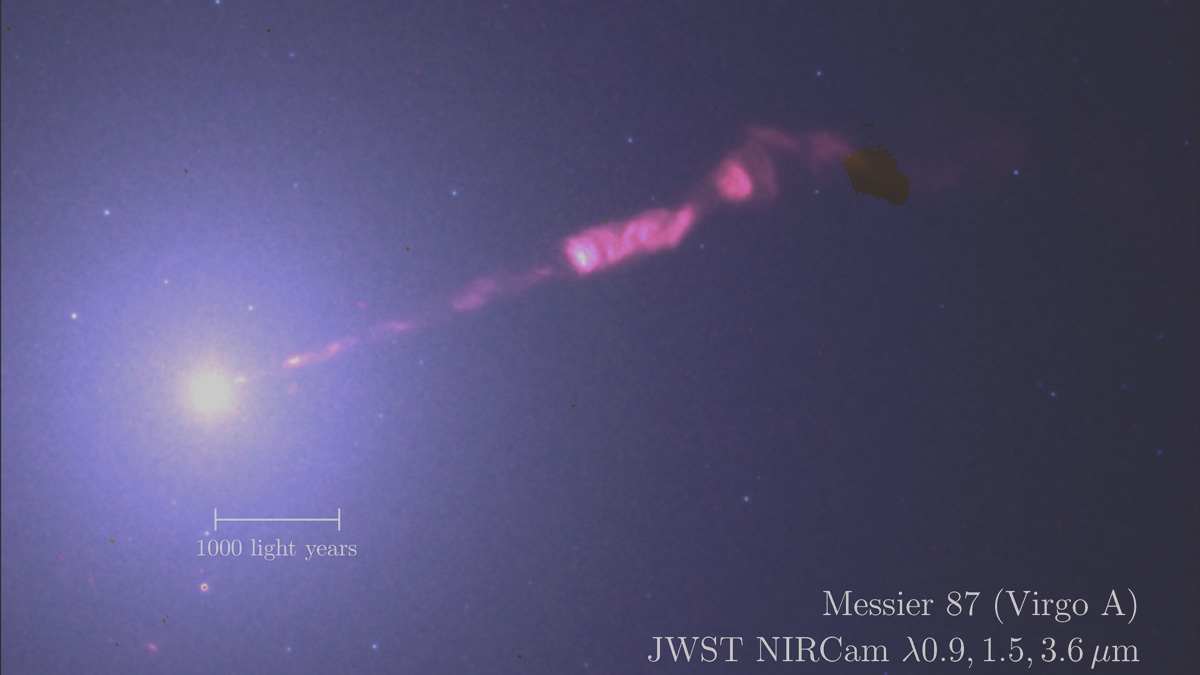
What's better than a giant jet of relativistic material being spat out by a black hole? Two giant jets, of course. This week, we reported on new images captured by the James Webb Space Telescope (JWST) that reveal unseen details of the famous black hole M87*, the first to ever be directly imaged.
This clearest ever view, captured by JWST, shows the black hole's forward jet and a massive counter-jet that's ricocheting through space in the opposite direction. The images are stunning, and could enable astrophysicists to study the near-light-speed belches in greater detail. That's all the better for figuring out how jets like these sculpt the regions surrounding them and the wider cosmos.
Discover more space news
—Astronomers close in on ancient signal from 'one of the most unexplored periods in our universe'
Also in science news this week
—REM sleep may reshape what we remember
—An Iranian volcano appears to have woken up — 700,000 years after its last eruption
—5,000-year-old skeleton masks and skull cups made from human bones discovered in China
Science long read
Could simple blood tests identify cancer earlier?

Four years ago, when 77-year-old John Gormly went for what was supposed to be a standard blood test, he received results that saved his life. The newly approved test was called Shield, and it diagnosed Gormly with colon cancer that was quickly treated at stage 2. In this week’s long read, Live Science reported on the new test and a growing wave of liquid biopsies that promise to rapidly accelerate early cancer detection.
Something for the weekend
If you're looking for something a little longer to read over the weekend, here are some of the best news analyses, crosswords and opinion pieces.
—Jane Goodall revolutionized animal research, but her work had some unintended consequences. Here's what we've learned from them. [News analysis]
—Live Science crossword puzzle #14: Fast dinosaur with a killer toe claw — 14 across [Crossword]
Science in pictures
Haunting image of a rare hyena lurking in a ghost town wins 2025 Wildlife Photographer of the Year award
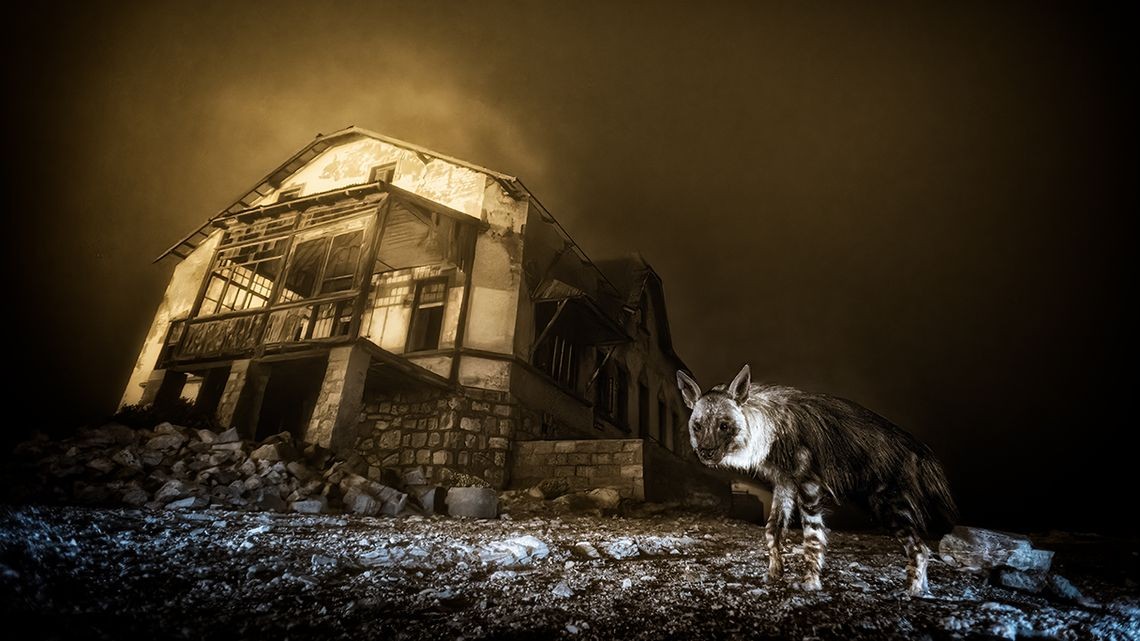
The winner of the 2025 Wildlife Photographer of the Year competition was announced this week, and it was an incredible shot. The image, a rare brown hyena (Parahyaena brunnea) stalking the gutted ruins of a diamond mining town in Namibia, took winner Wim van den Heever 10 years to capture.
Brown hyenas, the rarest hyenas on Earth, are known to pass through the town Kolmanskop while traveling to hunt for Cape fur seal pups or scavenge for carrion washed ashore along the Namib Desert coast.
The moody, metal album-like photo isn't the only incredible shot featured by the competition — there were also ones of a caracal hunting a flamingo; a ladyfish snatching its prey from right under an egret's beak; and a "Mad Hatterpillar" with a tower of exoskeleton shells balanced on its head.
Follow Live Science on social media
Want more science news? Follow our Live Science WhatsApp Channel for the latest discoveries as they happen. It's the best way to get our expert reporting on the go, but if you don't use WhatsApp we're also on Facebook, X (formerly Twitter), Flipboard, Instagram, TikTok, Bluesky and LinkedIn.

Ben Turner is a U.K. based writer and editor at Live Science. He covers physics and astronomy, tech and climate change. He graduated from University College London with a degree in particle physics before training as a journalist. When he's not writing, Ben enjoys reading literature, playing the guitar and embarrassing himself with chess.
You must confirm your public display name before commenting
Please logout and then login again, you will then be prompted to enter your display name.
